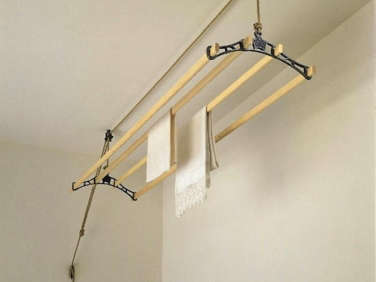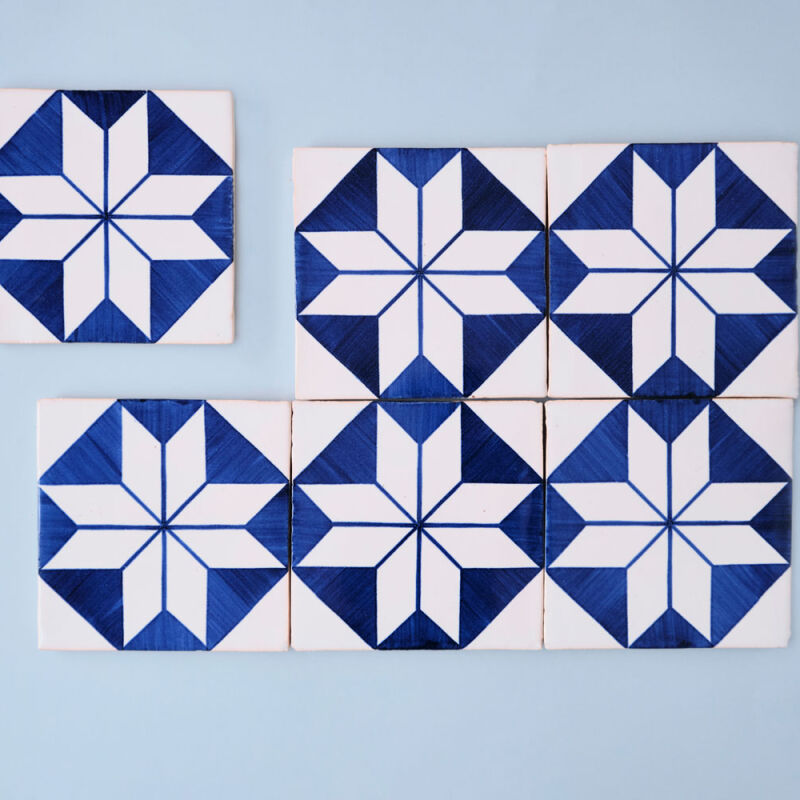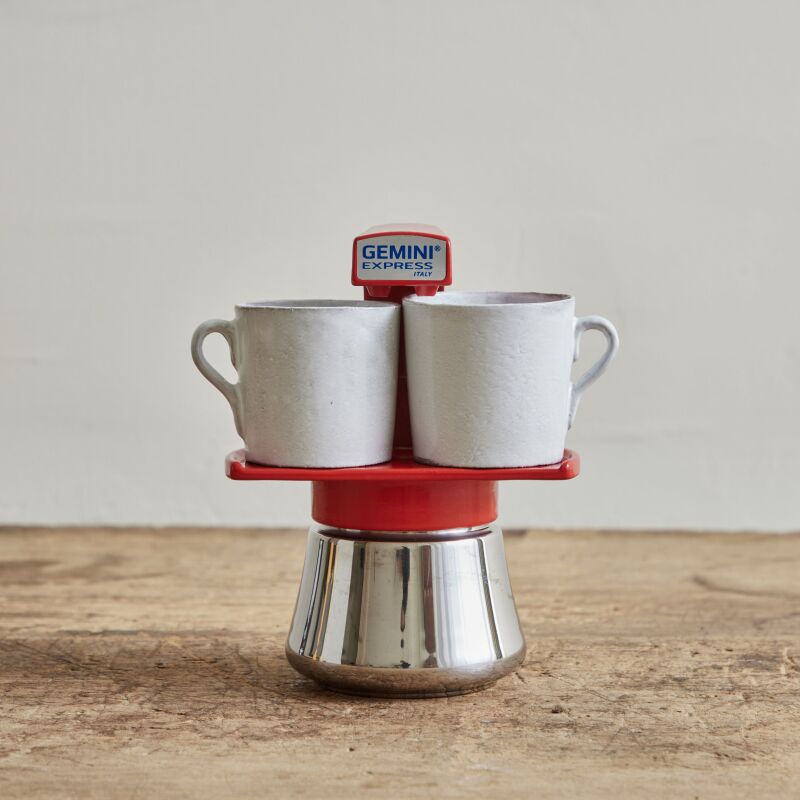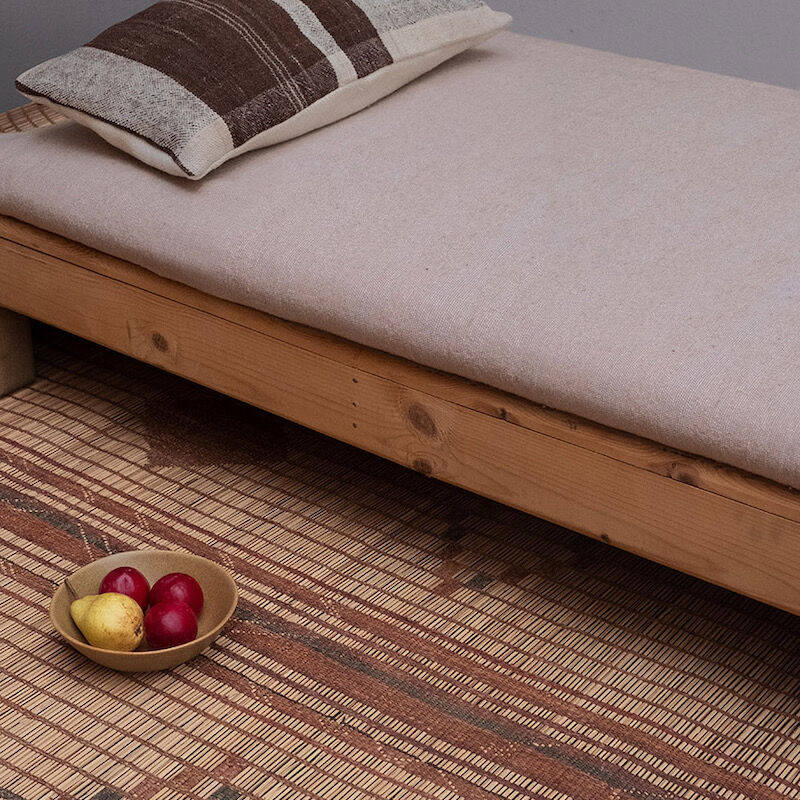Think of Great Britain and the first thing that comes to mind after Downton Abbey is rain. And while Downton Abbey is fiction, the frequent rain is fact. Consequently, outdoor clotheslines are less practical in these parts and laundry is traditionally dried indoors. Known in Scotland as “pulleys,” the clothes drying rack—or “airer”—was a common sight in houses and tenements across the British Isles during the late 19th century until the advent of the tumble drier. Made of long pine slats secured by cast-iron ends and hoisted up to the kitchen rafters with the aid of ropes and pulleys, the clothes airers held a large amount of laundry conveniently out of the way, where the warm air gathered above the range.
During the post-war regeneration, the clothes airer became a symbol of Victorian drudgery, the very antithesis of the modern housewife’s gleaming electronic appliances, and was cast out along with chafing dishes and coal fires. In the 1980s, an enterprising woman by the name of Sheila Johnstone decided to bring the clothes airer back. She changed the name to hers, with the addition of “maid,” which conjures up a kind of discreet efficiency. Thanks to Sheila, the pleasure of hanging and hoisting an entire load of laundry has been rediscovered by a new generation who are neither servants nor housewives. The Sheila Maid brand is now owned by Nutscene, a company in Scotland run by a group of women as enterprising as Sheila herself. Here are some examples.




Object Lessons columnist Megan Wilson is the owner of Ancient Industries and curator of the Remodelista 100, a collection of essential everyday objects presented in the Remodelista book. Watch for her column every Tuesday, and have a look at her past lessons on the Hudson’s Bay Point Blanket, Lodge Cast Iron Cookware, and Humble Cotton Cleaning Cloth.
N.B.: This post is an update; the original story ran on May 6, 2014.






Have a Question or Comment About This Post?
Join the conversation